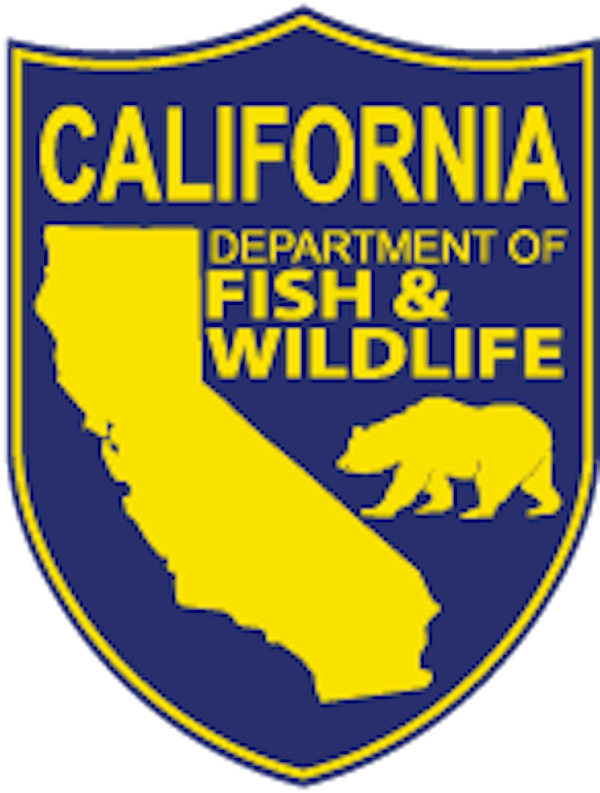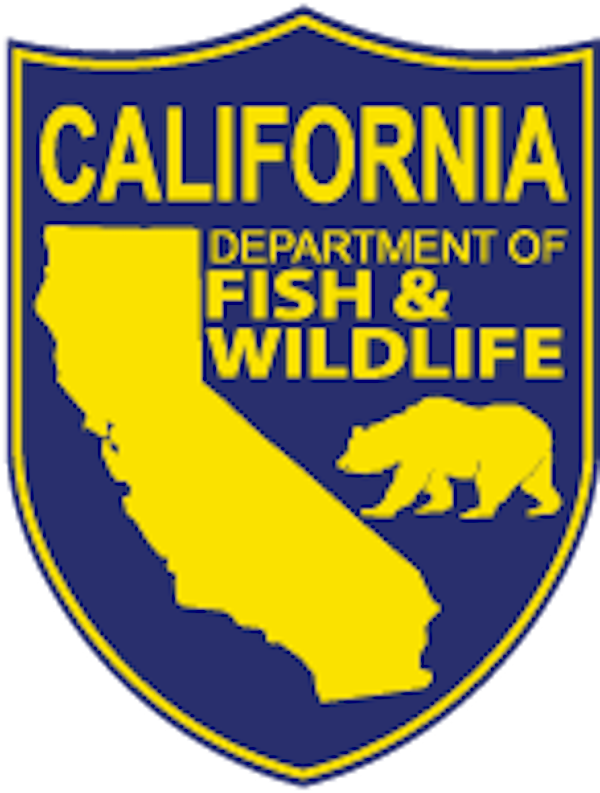CDFW’s Salmon Evacuation Decision Pays Exceptional Dividends

by California Department of Fish & Wildlife
3-21-2020
Website
In February 2017, damage to the Oroville Dam’s spillways prompted the evacuation of more than 180,000 people living downstream along the Feather River. The raging muddy waters also triggered an emergency decision to relocate millions of young salmon from the Feather River Hatchery to the Thermalito Annex Hatchery to be raised and held until river water conditions improved. Most, if not all, of the young salmon would have otherwise died when mud from the raging river overwhelmed the hatchery waters.
About 2 million spring run Chinook and 5 million fall run Chinook were evacuated during the two-day flood event. Those fish survived and were later released to the wild – helping fuel a record class salmon harvest in the ocean two years later.
Last year, most of the rescued salmon had matured in the ocean and were ready for their migration home to the Feather River. Their survival helped power strong ocean fisheries with one of the largest commercial catches in decades. According to data collected by the California Department of Fish and Wildlife (CDFW), approximately 272,000 salmon were harvested in the commercial fishery along with a catch of nearly 88,500 in the recreational ocean fishery, while returns to the Feather River basin exceeded 70,000 in 2019.
Ocean fishing activities were an economic stimulus for local communities and industries along the coast and inland. Commercial trollers landed 2.6 million pounds of salmon valued at more than $17.2 million, which was the highest level of harvest since 2013. The Feather River Hatchery was estimated to have contributed one quarter of all commercially harvested salmon and one third of the recreational ocean harvest.
“The return of the salmon released from Feather River Hatchery after the flood event was exceptional,” said Kevin Shaffer, CDFW Acting Chief of the Wildlife Branch. “At several points in the crisis, the majority (if not all) of the young salmon could have been lost. If not for the hard work, ingenuity and dedication of the hatchery employees and staff we could have ended up with nothing.”
The effort to save the young salmon began on Feb. 9 and 10, 2017. More than 60 people from CDFW, the California Department of Water Resources, the National Oceanic and Atmospheric Administration (NOAA) Fisheries and other agencies worked night and day to successfully transfer more than 5 million Chinook salmon to the Thermalito Annex hatchery facility nine miles away. Fisheries and engineering staff also constructed an emergency filtration system for the remaining salmon and steelhead at the Oroville facility, saving an estimated 1.5 million fall Chinook salmon fry that were too small to move and 1.6 million steelhead eggs which lead to a returning year class of 1,874 steelhead in 2018-19.
On March 20, 2017, the first salmon to be released after the evacuation were 1 million state and federally listed threatened spring-run Chinook salmon. They were released successfully into the Feather River. In all, a total of 2 million spring-run Chinook and 5 million fall-run Chinook were released.
Their work did not go unnoticed. Team members received a letter of appreciation from then-Lt. Governor Gavin Newsom, and were later presented with the CDFW Director’s “Team Award” for their ingenuity and dedicated work to save the salmon and steelhead eggs.
More Reports

3-6-2020
The California Department of Fish and Wildlife (CDFW) invites artists to submit their original artwork to the 2020-2021 California Duck...... Read More

3-3-2020
Wildlife officers conducting surveillance over the course of the 2018 deer hunting season observed archery hunter Myron Barry Woltering, 66,...... Read More
